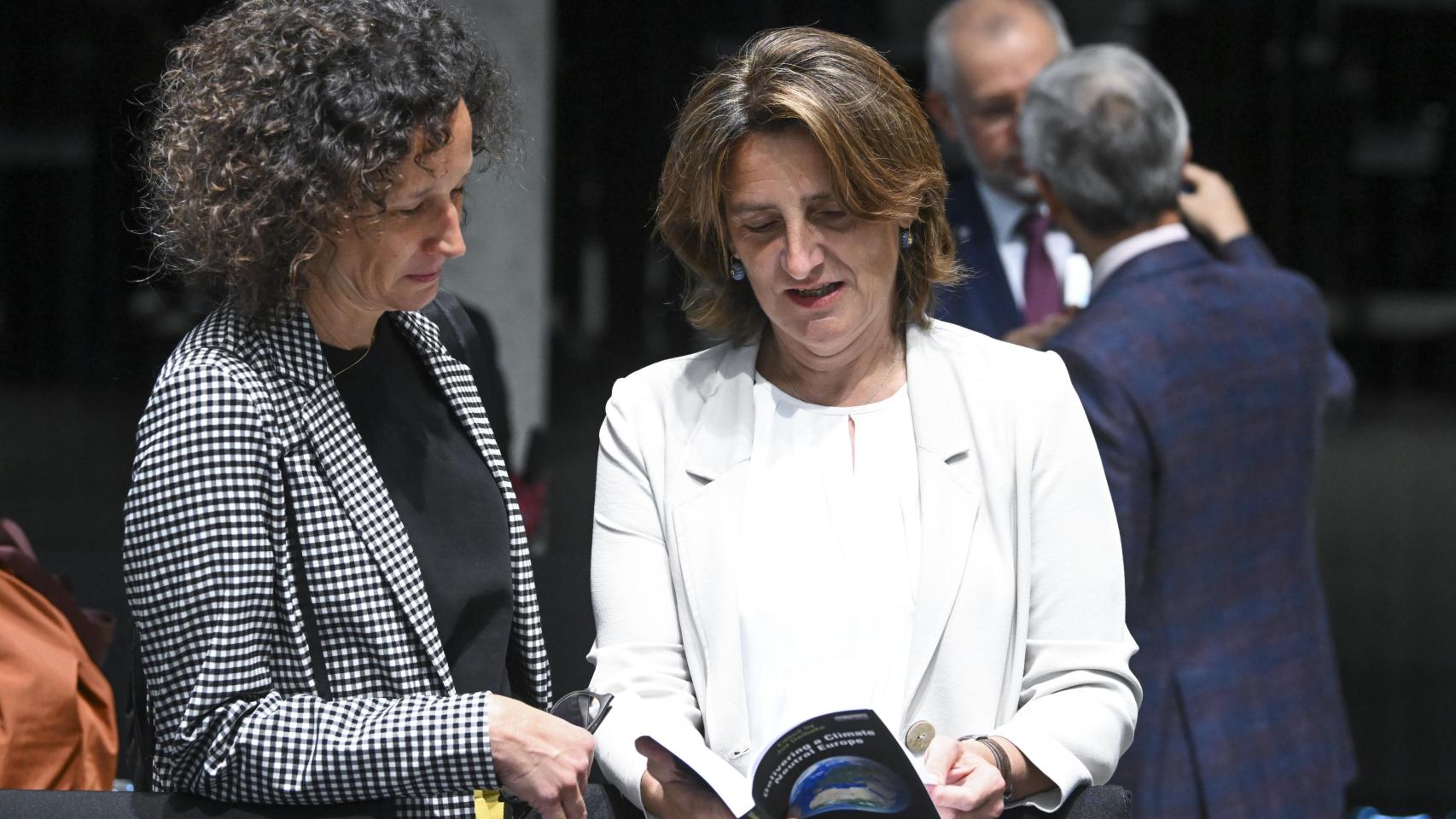When it seemed like the controversial Law of Restoration of Nature was going to end up definitively in the trash can, an unexpected plot twist at the last minute has allowed it to be saved, although in a very precarious way. It is one of the most controversial rules of the last legislature and a symbol of the confrontation between the defenders of the European Green Deal and those of the agricultural sector.
In added time, the Ministers of the Environment of the European Union definitively approved the Law this Monday - aimed at restoring lost biodiversity and degraded natural areas - thanks to Austria's change of position, which went from abstaining to a yes. However, the Chancellor Karl Nehammer has written a letter to the Belgian presidency in which he argues that his Climate Minister, Leonore Gewessler, was not authorized to vote 'yes' because there is no consensus in the coalition. Gewessler, who is Green, would have disregarded his instructions, something she denies.
Italy, Poland, the Netherlands, Hungary, Sweden, and Finland voted against, while Belgium abstained. Their main argument is that the Law will have very high costs and impose disproportionate bureaucratic burdens, especially on farmers. "We cannot accept an increase in economic and administrative burdens on the agricultural sector. We cannot ignore their suffering and very difficult situation," argued the Italian Deputy Minister, Vannia Gava.
[EPP fails in its purpose to overturn the Law of Restoration of Nature]
"If we do not restore nature, there will be no future for local communities or for agriculture," replied the Third Vice President and Head of Ecological Transition, Teresa Ribera, one of the biggest proponents of the Law.
Ribera said that the approval of the Law is "good news," although she admits that its implementation will require "accompanying efforts and a commitment to the primary sector." "In Spain, we have good examples of this commitment, specifically in the restoration of the Mar Menor or in the opportunity given to Doñana," stated the Vice President.
The rule, promoted by the Commission of Ursula von der Leyen, requires implementing measures to restore at least 20% of the land and sea areas of the EU by 2030, and all ecosystems in need of restoration by 2050. However, during its processing in the European Parliament and the Council (which have already agreed on the final text), the ambition of the original proposal from Brussels has been considerably watered down.
Indeed, at the request of the European Parliament, a "emergency brake" has been introduced that will allow the suspension for up to a year of the provisions of the Law of Restoration of Nature that refer to agricultural ecosystems, in cases of exceptional circumstances that jeopardize food security on the EU scale.
The processing of the rule has been particularly rocky. The plenary of the European Parliament approved the Law of Restoration of Nature on February 27 by 329 votes in favor, 275 against, and 24 abstentions. This was despite the European People's Party (EPP), the largest in the European Parliament, having agreed to vote against precisely arguing that it will introduce more bureaucratic burden and obligations for farmers, amidst a revolt of farmers throughout the EU.
In the end, around twenty MEPs from the EPP (from Slovakia, Malta, Ireland, Portugal, Germany, or the Netherlands) rebelled against the political line set by their leader, the German Manfred Weber, and supported the regulation. Most of the conservatives (including the Spanish delegation) voted 'no', as did the far-right groups European Conservatives and Reformists and Identity and Democracy. The Law went through with the support of the European socialists, the greens, the radical left, and most liberals.
This vote was based on a text that had already been agreed upon by the negotiators of the European Parliament and the Spanish presidency of the EU on behalf of the Governments. However, when it seemed that the Law was definitively on track, last March Hungary broke ranks with the agreement, joining the countries that had been against from the beginning, forming a blocking minority.
It was one of the few instances in history where a European rule was questioned after being approved by the plenary of the European Parliament. Normally, Governments express their position before the vote in Parliament and do not change their stance: final ratification is only a bureaucratic formality. But Hungary challenged this convention and withdrew support for the Law of Restoration of Nature at the last minute.
However, the Belgian presidency of the EU continued negotiating to push through the last rule of the past legislature by any means. In the end, their efforts were successful thanks to Austria's change in position. Despite the Chancellor's letter, the Council's legal service has confirmed that Minister Gewessler represents her country and her vote is binding.
To achieve the general objectives of the Law, Member States must restore at least 30% of the habitats considered (from forests, grasslands, and wetlands to rivers, lakes, and coral reefs) so that they go from a poor state to a good one by 2030, a percentage that will rise to 60% in 2040 and 90% in 2050. Until 2030, priority must be given to protected areas of the Natura 2000 network.
When an area is in good condition, EU countries will ensure that it does not deteriorate considerably. Member States will also have to adopt national restoration plans detailing how they intend to achieve these objectives.
In order to improve biodiversity in agricultural ecosystems, EU countries must make progress in two of the following three indicators: the grassland butterfly index; the proportion of agricultural lands with very diverse landscape features, and the reserves of organic carbon in mineral soils on farmland. In addition, measures must be taken to increase the index of common birds linked to agricultural environments, as these animals are good indicators of overall biodiversity.
